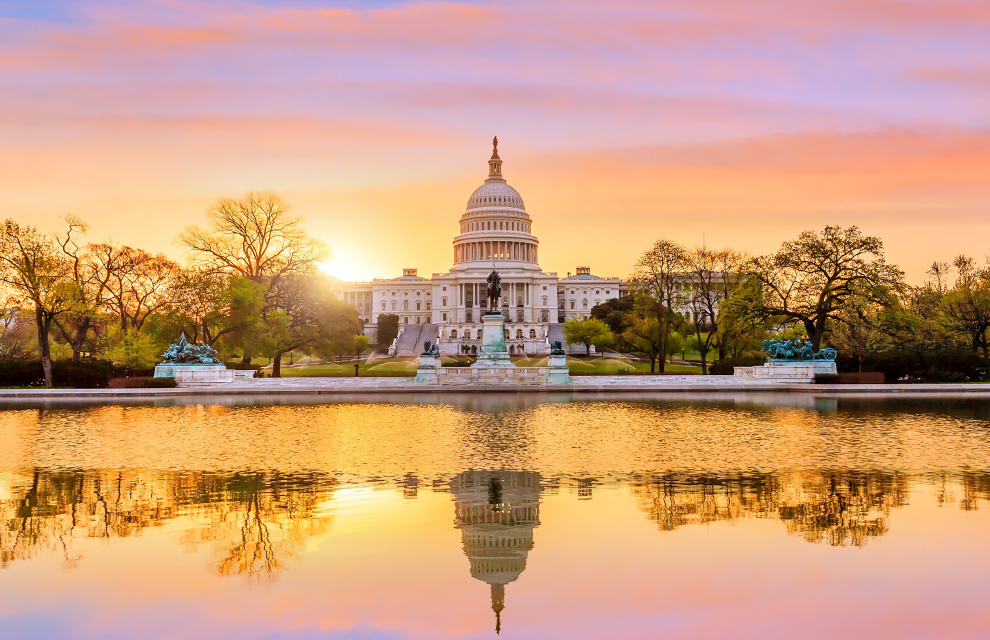Ben Whitehouse of Butler Snow and Kevin Walters of the Tennessee Department of Commerce and Insurance discuss regulatory updates and the importance of having a symbiotic relationship between the regulator and captive companies
As the captive landscape evolves to accommodate the burgeoning interest in alternative risk financing, whether in terms of new captive formations, expanding existing captives or redomestication, it is of paramount importance for parent companies to select a domicile with a strong regulatory framework based on communication and cooperation.
The majority of established state domiciles in the US have active associations that collaborate with their respective regulators. It is fundamental that regulators have a comprehensive knowledge of captives as a niche sector of a jurisdiction’s wider insurance industry.
It is also important to have an ongoing communication between regulators and captive stakeholders — although this may be hindered slightly as captive owners are generally not insurance professionals, with captive managers, auditors and actuaries instead providing the required information to ensure the captive is operating under its business plan.
In discussing the nature of the relationship between regulators and captive companies, Ben Whitehouse, senior counsel at Butler Snow, identifies that as captive domiciles mature, regulators request increasingly detailed information.
“Five years ago, the conventional wisdom suggested that certain US domiciles were ‘easier’ or asked fewer probing questions than others. These distinctions are now largely gone — I do not see this as a negative sign, it is simply that regulators across domiciles have learned from their experiences and know more of what questions they need to ask,” he explains.
Kevin Walters of the Tennessee Department of Commerce and Insurance affirms the importance of a state department’s captive insurance section in providing the necessary information, answers and regulatory support to the domicile’s captive industry.
“We believe a knowledgeable regulatory team working closely with industry stakeholders is crucial to a successful captive insurance company,” Walters adds.
The states of play
Regulation is not stagnant, and legislation must be periodically updated to reflect the current captive landscape.
The Biden administration’s tax proposals set out at the beginning of the year advocated increasing the long-term capital gains and qualified dividend tax rate to 39.6 per cent for taxpayers with over US$1 million in adjusted gross income. This means a deduction by paying a premium to a captive is more valuable, as planning for declaring and paying dividends to captive owners where they have an income lower than the threshold amount can generate substantial savings.
In addition, the administration proposed to increase the corporate tax rate to 28 per cent (it currently stands at 21 per cent, a marked decrease from the pre-2018 rate of 35 per cent). This would have a significant impact on captives as it would increase the amount of tax paid on the same amount of investment income.
It would also affect deferred tax calculations, either having a positive impact on the surplus or net worth of captives with a deferred tax asset at the time of tax rate adjustment, or a negative impact for those with a deferred tax liability.
Also at the beginning of the 2021 legislative session, many US captive domiciles introduced new and updated captive bills to their state legislative process.
For example, in April the Alabama House chamber sent captive bill amendments to governor Kay Ivey to include three new alternative risk entities (agency captives, reinsurance captives, and special purpose financial captives) and establish a new formal redomestication process.
Utah introduced House Bill 54 to reduce the minimum capitalisation requirements for sponsor captives as a response to the growing number of small- and medium-sized companies looking for alternative insurance solutions, while Delaware’s Senate Bill 36 in July allowed for captives to be classified as registered series, as well as allowing a captive to enter dormancy after 12 consecutive months, rather than a calendar year, of inactivity.
Walters notes that Tennessee’s latest modernisations include allowing parametric insurance coverage, incentivising redomestication from offshore domiciles through a premium tax credit, and reducing the statutory capital required by protected cell companies (PCCs) to begin operations from $250,000 to $100,000.
In response to this increased interest around cell captives, Vermont governor Phil Scott signed Senate Bill 88 into law in May to update the domicile’s captive insurance law to clarify the ability of a cell to convert to a different type of cell or a standalone captive, as well as simplify redomestication processes and required documentation for licensure.
Regarding tax, Senate Bill 37 introduced in North Carolina in March proposed changes to the amount of premium tax paid by captive insurers in the state, including a provision for special purpose captives with a cell or series structure to pay the same tax imposed on PCCs.
Most notably, the state of Washington introduced a new captive insurance law to allow for the creation of a framework to register eligible captive insurers in the state — crucially and somewhat controversially, the legislation also established a 2 per cent premium tax on risks allocable to Washington-based risks.
Despite the results of an advisory ballot against the premium tax, the state’s Office of the Insurance Commissioner formally adopted the regulations last month, to be effective from 21 December.
These regulatory developments over the past year aim, on the whole, to ease the process of setting up and operating a captive in the respective domiciles while adhering to the necessary administrative specifications.
Compliance is key
As with any form of regulatory requirements, there exists potential compliance issues despite the diligence of personnel in respective state departments.
Whitehouse states that any issues in compliance faced by the captive industry are practical rather than that of personnel: “As our industry grows, both regulators and captive service providers need to attract and retain staff. Most every regulator I know either is currently advertising for open positions or have had an open position recently.”
He explains that this is partly owing to the expanding opportunities available within the captive industry, which has seen more regulators shift to non-government positions.
“Captive owners and managers should be concerned that their regulator has adequate captive-focused analytical resources available. The ‘captive-focused’ part is most important since the alternative — traditional regulators pressed into service to cover captives or contract regulators — can have unpleasant consequences,” Whitehouse warns.
In addition, Walters emphasises the importance of engagement and communication between industry stakeholders, such as actuaries, attorneys and accountants.
“Regulators rely heavily on the captive manager to ensure all aspects of the captive are properly maintained and monitored to ensure all regulatory requirements are met. This includes areas such as timely and accurate annual filings, prompt responses to regulatory inquiries, and proper engagement of key stakeholders,” he explains.
However, Walters notes that such collaboration requires ‘two-way street’ communication from the captive industry and the domicile’s regulator, where the latter must be readily available to provide the necessary standard of expertise and customer service.
Whitehouse adds: “With an increase in the turnover in captive regulators at all levels and in many domiciles, it is further incumbent upon captives to keep the lines of dialogue open. Making sure a new regulator is familiar with a complex or unusual business plan is important, especially before an issue arises.”
Issues of compliance have not been as explosive in 2021 as in the past, although micro captives were reinstated on the ‘Dirty Dozen’ list of tax scams and abusive arrangements by the Internal Revenue Service (IRS) back in July.
Having escaped the 2020 list for the first time in five years, financial institutions were once again cautioned by the IRS that micro captives “lack the attributes of insurance” by failing to pay tax on underwriting income under section 831(b) of the US Tax Code. However, in May the US Supreme Court made a significant unanimous ruling in favour of CIC Services in the micro captive manager’s ongoing litigation with the IRS, ruling that the Anti-Injunction Act does not prohibit federal courts from blocking the IRS’ enforcement of regulations with affirmative reporting requirements.
Last month, a US Tax Court accepted the concessions of the IRS before trial in a case against a Delaware-based captive owner, conceding all but two per cent of the more than $27 million tax deficiencies and penalties at issue. Does this indicate a shifting paradigm in the federal regulation of captives, or merely two victories of coincidence? Only time will tell.
Looking forward, Whitehouse anticipates that the regulatory landscape will evolve to include more innovative insurance solutions from insurtech entrepreneurs, even if the programmes do not fit neatly into the box of true self-insurance, because of the captive industry’s reputation for innovation.
He adds: “If the captive industry is going to continue to be the home for insurance innovation, we will need to have concessions and accommodations with traditional insurance regulators, including those who have not been known as ‘captive-friendly’.”
“The continued hard market will encourage more businesses to explore alternative risk financing options, like captive insurance. We continue to see more formations and business plan changes involving companies tailoring their captive programmes to offer unique solutions to manage their risks,” Walter concludes.





